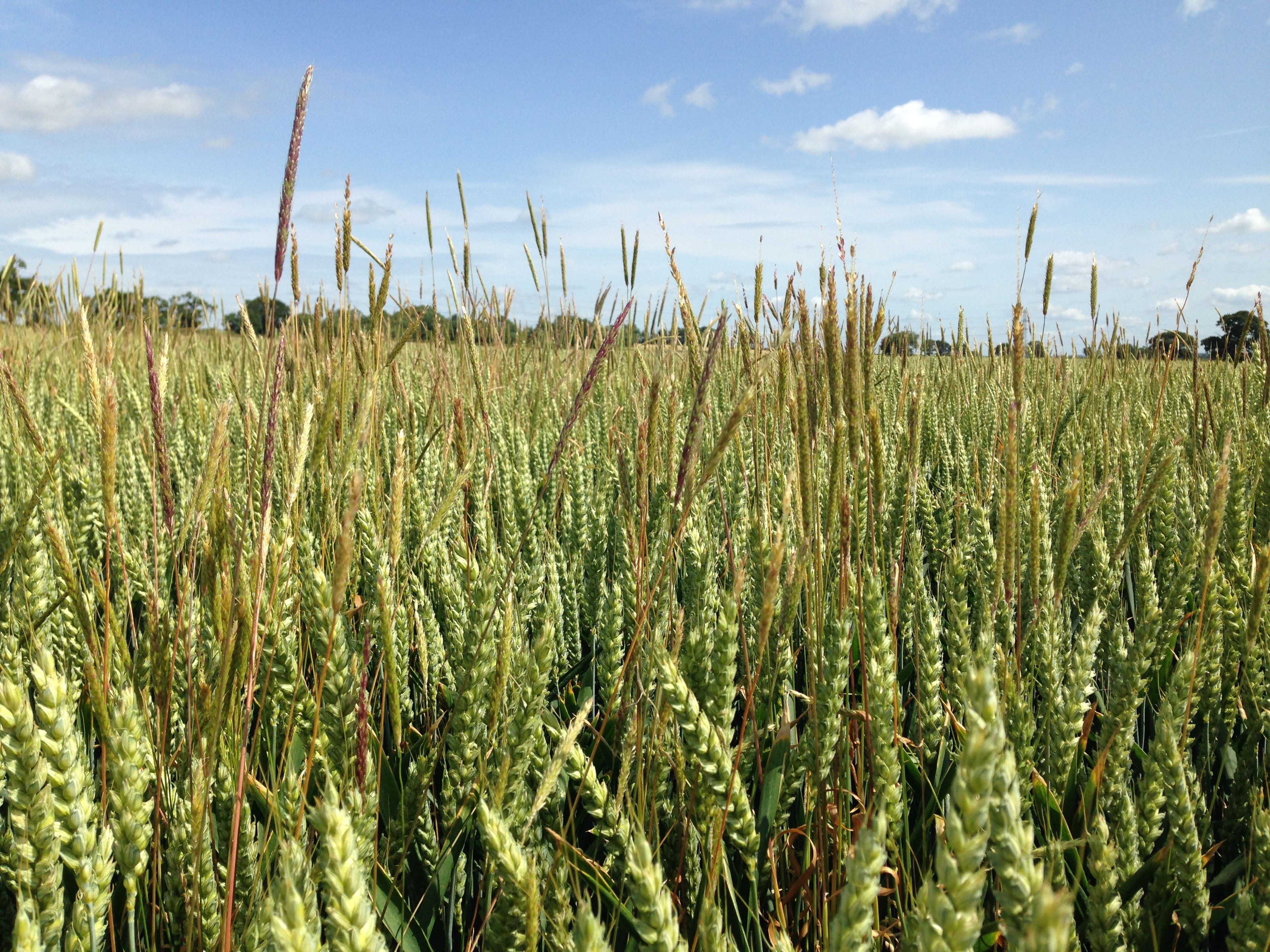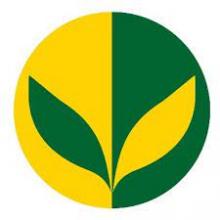Black-grass is an annual grass-weed propagated by seeds, predominately (80%) germinating in the autumn. It is a competitive weed 12 plants/m2 resulting in a 5% yield loss in a wheat crop. Crop profit can be severely impacted by yield loss, herbicide spend and cultural control measures e.g. delayed sowing.
Black-grass has an increasing distribution throughout the UK, Europe, Asia and North America. Herbicide resistant populations are now found widespread across the UK.
Share here projects, experience, resources and best practice for dealing with black-grass.








